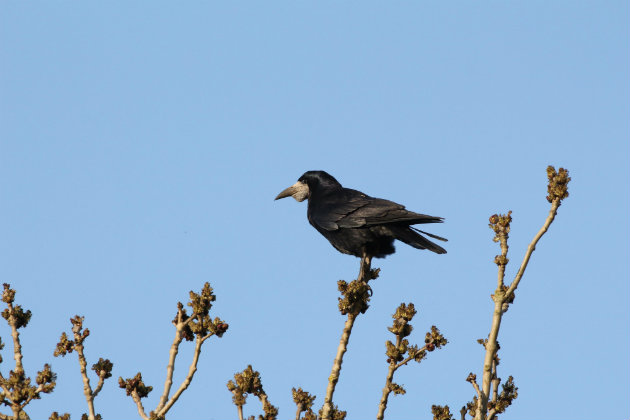General licences latest update – what happens now?
Matt Cross gives a summary of the latest options and the online links you need to apply for the appropriate licence now

The revocation of the general licences from midnight on the 25th of April means that in most situations it will be a criminal offence to kill any wild bird in England unless you hold a personal licence issued by Natural England. This includes crows, magpies, jays, gulls, parakeets, Canada geese and all species of pigeon and dove. Natural England have indicated that they intend to reintroduce general licences in the near future, however the reported timeline for this varies from a few days to weeks or months.
All birds are automatically protected under the Wildlife and Countryside Act 1981. This includes birds which were traditionally classed as vermin. Licences issued by Natural England allow some of those birds to be killed for specific reasons. The general licence allowed anyone to kill 16 species of bird to protect health, prevent damage to crops and livestock and to conserve wild birds.
Common situations in which the general licences were used include trapping crows to prevent attacks on lambs and shooting pigeons to prevent them from damaging crops.
Your best option now is to apply for an individual licence
Now that the licences have been revoked the shooting and gamekeeping organisations agree that the best option is to apply for an individual licence. The owner or occupier of land or anybody authorised by them to kill wild birds can apply for the appropriate licence online here.
There have been reports of users having difficulty downloading the forms, in which try the GWCT website here.
- The application involves completing six-page form.
- The form is available as an interactive PDF document with a ‘submit’ button, but can be printed and posted or scanned and emailed.
- The form includes the applicant’s personal details, details of the species to be controlled, the measures which the user wants to use to control them and the land on which the control is required.
- The form asks applicants to explain which non-lethal measures have been tried and why they were unsuccessful.
- It also asks if the applicant or anyone else using the licence has been convicted of any wildlife of animal welfare offences, but it is not clear if licences can be withheld on this basis.
Thanks for flagging up an issue with downloading the forms – we are working to fix it now. https://t.co/singOCNClD
— Natural England (@NaturalEngland) April 25, 2019
Natural England aware of problems
Several users have experienced difficulties in downloading the forms and in completing them in electronic format. In a tweet late on Thursday evening Natural England said that they are aware of the problems and are working to resolve them. Added confusion was caused by Natural England placing a link to a different but closely related set of forms on the front page of their website. Which lead to several applicants completing the wrong form before Natural England clarified the situation.
Threat to general licences
The general licences that allow for the shooting of pest bird species, including crows, feral pigeons, Canada geese and lesser…
The latest reactions to withdrawal of the general licences
Farmers, gamekeepers and recreational shooters have reacted with a mixture of anger and confusion to the decision by Natural England…
Shooting pigeons, crows, rooks, magpies and Canada geese to become illegal in UK as general licences revoked
Natural England has announced that General Licences GL04 (for the prevention of serious damage to crops and livestock), GL05 (for…
Alternative?
An alternative that has been discussed is the use of so-called Section 4 defences and exemptions. Section 4 is a part of the Wildlife and Countryside Act which has received little attention until recently. It provides a defence in court for anyone who kills a wild bird which is not listed on Schedule one of the Wildlife and Countryside Act to prevent damage, prevent the spread of disease or to protect health and safety. Natural England appear to keen to encourage the use of this defence.
However the shooting organisations have urged caution, in a briefing the National Gamekeepers Organisation (NGO) explained “the Section 4 clause that NE are saying will cover you for any bird control necessary to protect crops and livestock is not a licence. It is a defence that people who kill a protected bird can use to defend themselves in court if prosecuted. It is only valid if you can show there was no other satisfactory solution.












